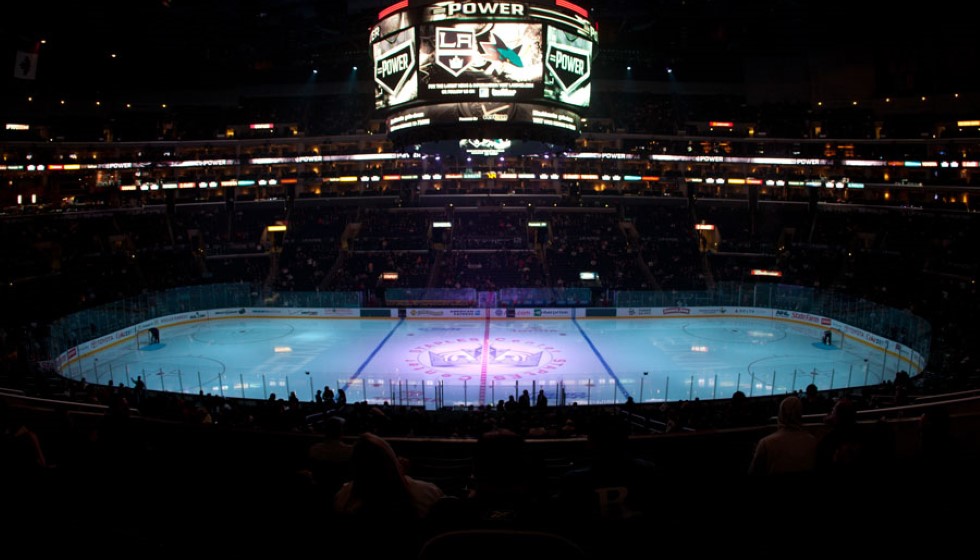
In a strategic move that caught the attention of hockey aficionados everywhere, the New York Rangers unveiled their blueprint for the future in a letter to fans on February 18, 2018. The correspondence subtly communicated the organization's intention to refresh the roster with an influx of youthful and skilled talent. While the term "rebuild" was conspicuously absent from the communication, the Rangers' front office made it clear that they were in the midst of a "build" – a term they prefer to underscore the continuity and progress of the team's development.
The strategy to revitalize the Rangers' lineup saw its foundation laid with a series of significant acquisitions and draft picks. In April of 2019, Adam Fox was brought into the fold, followed by the addition of Jacob Trouba in June, bolstering the team's defensive capabilities. The 2019 NHL Draft saw the Rangers welcoming Kaapo Kakko, a move that complemented the roster with Igor Shesterkin and K'Andre Miller already waiting in the wings. These young prospects promised a blend of energy, talent, and potential that would carry the Rangers into a new era.
The pièce de résistance of the Rangers' revitalization strategy was the signing of Artemi Panarin in July 2019. The highly sought-after forward agreed to a seven-year, $81.5 million contract, a statement of intent that signaled the Rangers were serious about returning to competitive prominence. Panarin, known for his electrifying play, was viewed as a pivotal piece in the Rangers' puzzle, capable of elevating the team's performance with his scoring prowess and playmaking abilities.
While the Rangers were making headlines with their strategic acquisitions, Sergei Bobrovsky was making waves of his own by signing a seven-year, $70 million contract with the Florida Panthers. This move highlighted the Panthers' ambitions and belief in Bobrovsky's ability to be a game-changer between the pipes. After a period of adjustment, Bobrovsky's performance soared in his third season, proving that his elite capabilities as a goaltender were undiminished.
Building Around Youth
The New York Rangers' strategy hinges on the integration of young talent with established stars. The acquisition of proven performers like Fox, Trouba, and the marquee signing of Panarin, alongside drafting promising talents like Kakko, showcases a balanced approach to team building. The organization is not just assembling a team; it's crafting a core group that is expected to grow and succeed together over the coming years. This approach is underpinned by optimism around the development curves of their young players, with the expectation that as these athletes reach their prime, the team will be well-positioned to contend for the highest honors.
The Impact of Star Power
Artemi Panarin's arrival in New York was more than just a high-profile free agency splash; it was a cornerstone upon which the Rangers plan to build their future successes. The sentiment around the league and among the Rangers' faithful is that Panarin is not merely a high-caliber player but a transformative presence who can elevate the team's play. His contract, significant in both length and financial commitment, reflects the organization's belief in his ability to lead by example on the ice.
Similarly, Sergei Bobrovsky's trajectory with the Florida Panthers exemplifies the impact a marquee player can have on a franchise's fortunes. Despite a challenging start to his tenure with the Panthers, Bobrovsky's eventual uptick in performance underscored the value of patience and belief in a player's ability to rebound. His experience serves as a reminder that elite talent can, and often does, find a way to excel, underscoring the importance of strategic signings in shaping a team's competitive edge.
In the words of the insiders and experts, the strategy at play here is not about short-term gains; it is a calculated endeavor aimed at sustainable success. As one observer succinctly put it, the alignment of young talent maturing alongside seasoned veterans like Panarin ensures that "when these young players pop, he's still going to be in his prime." This perspective is echoed in the broader sentiment around the league, where consistency and resilience are valued indicators of a player's and by extension, a team's competitive potential.
As the New York Rangers continue to navigate their "build," the organization's moves are scrutinized and debated among hockey circles. However, the underlying confidence emanating from the Rangers' front office suggests a belief in their strategic direction. In the high-stakes world of professional hockey, where fortunes can pivot on a single play or decision, the Rangers are crafting a narrative of resilience, ambition, and, ultimately, resurgence. With a blend of youth and experience, the Blue Shirts are signaling their intention to return to the forefront of NHL competitiveness, powered by strategic acquisitions and informed by a vision for the future.